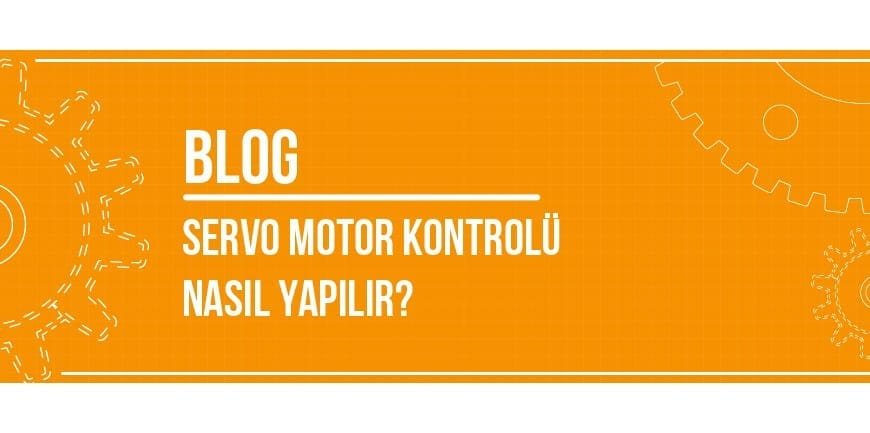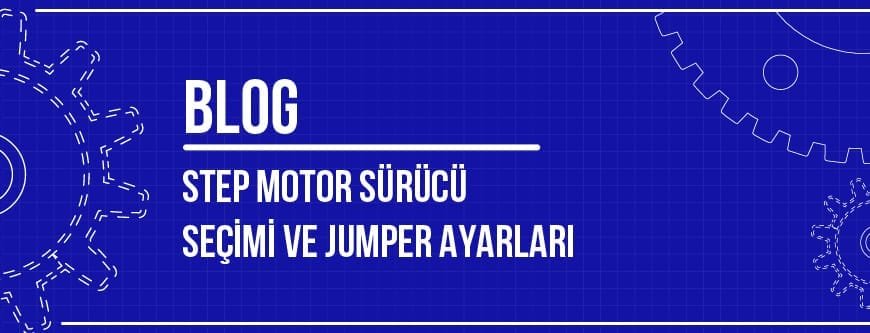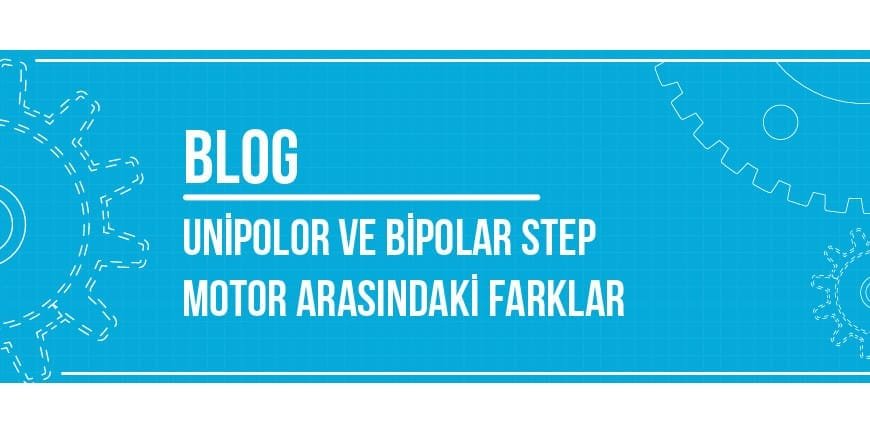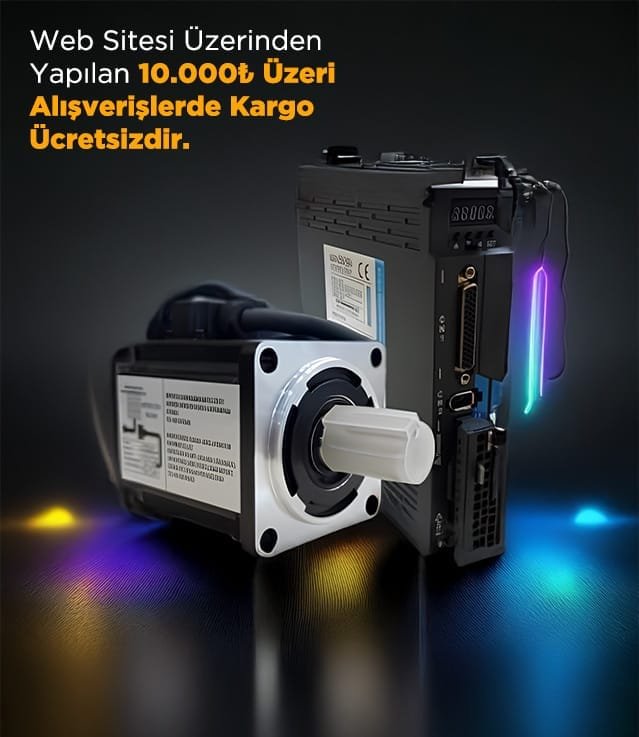
İçindekiler
Frequently Asked Questions About Motor Drivers
Reducing electricity consumption and maximizing process time is the responsibility of those who operate and manage industrial facilities. In applications that consume excessive amounts of electrical energy, motor speed control drives are a smart way to reduce energy consumption and ensure stability. In this week’s blog post, we want to answer some frequently asked questions about AC drives.
1. How long should the cable between the driver and the motor be?
The cable length is related to the design of the drive. You can find the answer in the manufacturer’s technical documentation. The maximum specifications are determined based on the design of the drive and its internal components. In addition, there is a length specified according to EMC standards. Drives can be installed on any network. Different EMC requirements arise depending on the installation points. The appropriate cable type is also specified in the documentation.
2. How Can I Protect Drivers from Errors?
Drivers have a structure that protects themselves against short circuits and grounding errors. Process-related functions can also be defined for drivers. These protections can trigger an alarm and send a message for direct resolution.
3. How Long Do Drivers Last?
Drivers used in accordance with the manufacturer’s instructions can operate smoothly for 10 years without any repairs or part replacements. Proper use and maintenance can extend the life of drivers up to 15 years.
4. What Maintenance Does My Driver Need?
AC drives should be treated with the same care as electrical appliance parts. Basic maintenance activities extend the life of the drive. By preventing the drive from collecting dust, you can prevent clogging and eliminate overheating problems. You should perform these routine checks every month.
5. What is the difference between a driver and a soft starter?
Many users think that AC drives work like motor starters and purchase these drives. In general, this is true. However, in some cases, a contactor must be used before or after the connection is cut when the motor stops. AC drives allow the motor to run at minimum speed and provide speed control as needed. Thus, the drive can be used as a soft starter. This is a particularly useful feature in production lines where products such as jars are transported using conveyor belts. Additionally, the drive allows you to control the speed at any time.
6. How to Control Engine Speed with the Driver?
You can do this in two ways: speed reference and desired set point. Speed reference follows the driver speed reference and adjusts the motor speed accordingly. Speed reference can be implemented with a PLC (programmable logic controller). The setpoint, on the other hand, requires the driver to reference both the setpoint and the actual reference. These values represent parameters such as flow, pressure, or temperature. The setpoint is communicated to the driver. The driver controls the speed based on the actual value. The internal PID controller ensures that the setpoint is maintained.
7. How Does the Driver Work?
This is quite easy. You can start by determining the speed at which the drive will operate. The drive determines the other settings itself. Generally, the drive works with an operator panel, I/O terminal, or fieldbus (communication protocol). Tasks can be assigned to the drive using PC tools.
8. How to Install the Driver?
Drivers should be mounted close to control rooms or the motor and driver equipment. They can also be placed on top of the device. The mounting method can be determined based on the IP protection rating.
We have come to the end of our blog post. We have shared with you everything you need to know about servo motor drivers. If you want to purchase a servo motor driver, you can do so with the assurance of Şahin Rulman.
Diğer Blog Yazılarımız








